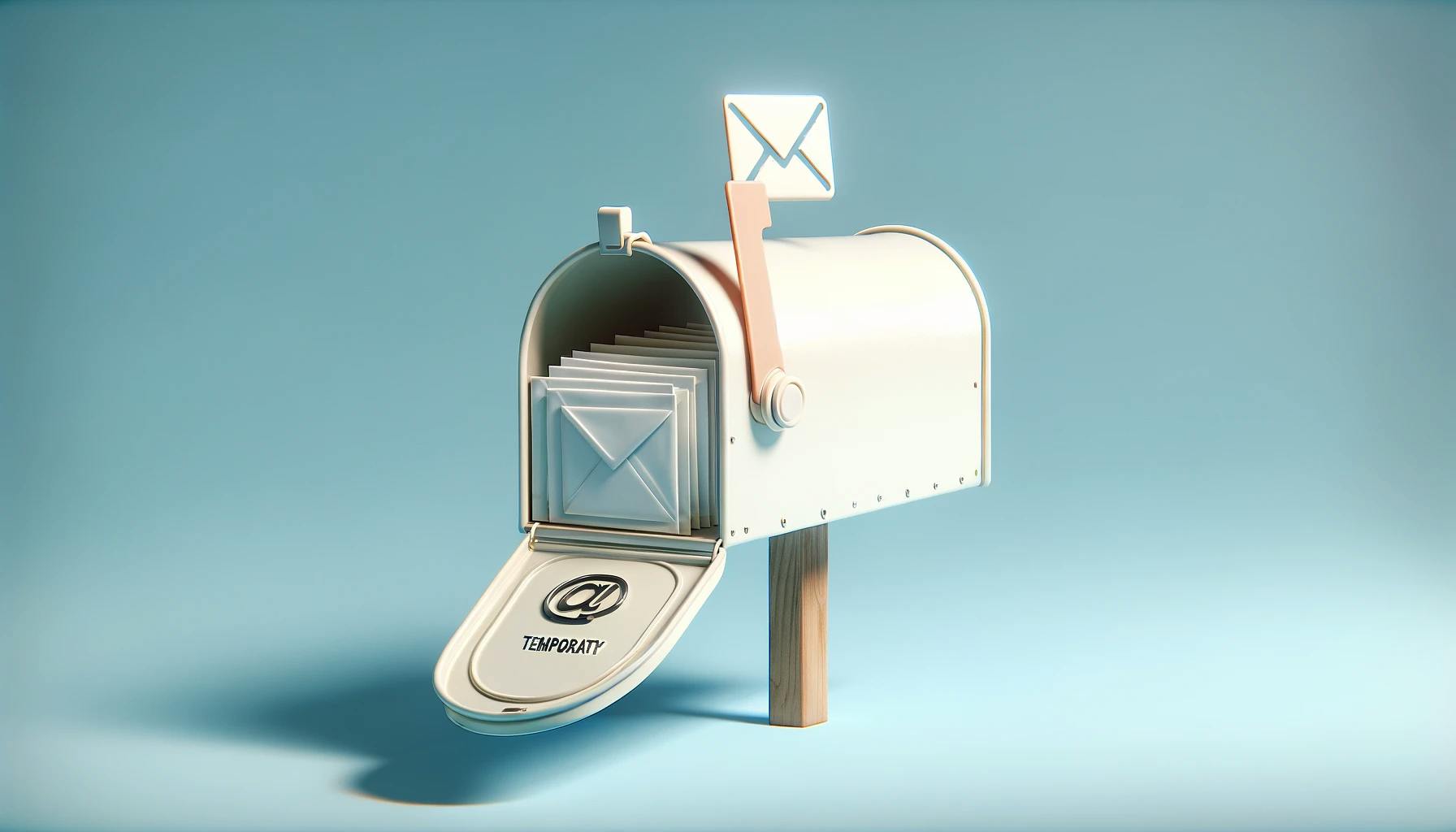
Effective Strategies to Minimize Spam in Your Mailbox
In the digital age, email has become an indispensable communication tool, both for personal and professional purposes. However, the convenience of email is often marred by an unwelcome guest: spam. Spam emails are not just annoying; they can also be harmful, carrying phishing scams and malware. The good news is, there are several effective strategies you can employ to minimize spam in your mailbox. This article will guide you through some of the best practices for spam prevention, with a special focus on the use of temporary email addresses.
Understanding Spam
Before we delve into the prevention strategies, it's essential to understand what spam is and why it's a problem. Spam emails are unsolicited messages sent in bulk, often for advertising purposes, phishing scams, or spreading malware. They clutter your inbox, reduce productivity, and can even pose serious security risks.
Strategies to Reduce Spam
1. Use Temporary Email Addresses
One of the most effective ways to prevent spam is by using temporary email addresses. These are disposable email accounts that you can use for a short period before they expire. They're particularly useful when you need to sign up for websites or services that you don't plan to use long-term. By doing so, you keep your primary email address clean and free from potential spam that could result from sharing your email online.
2. Be Cautious with Your Email Address
Think of your email address as private information. Only share it with trusted individuals and reputable websites. Be wary of posting it publicly on forums, social media, or other online platforms where it can be harvested by spammers.
3. Use Email Filters
Most email services offer robust filtering options that help identify and sort spam into a separate folder automatically. Take the time to configure these filters according to your needs. You can also create custom rules to block emails from specific senders or containing certain keywords.
4. Unsubscribe from Unwanted Newsletters
Over time, subscriptions to various newsletters and services can accumulate, contributing to the clutter in your inbox. Make a habit of regularly unsubscribing from newsletters or services you no longer find valuable. Most emails come with an unsubscribe link at the bottom—use it.
5. Use Spam Reporting Features
When spam slips through your filters, don't just delete it. Use the spam reporting feature provided by your email service. This helps improve spam detection algorithms, making them more efficient over time at identifying and filtering out spam.
6. Keep Your Email Software Updated
If you're using an email client software, ensure it's always updated to the latest version. Software updates often include improvements to spam filtering capabilities and security enhancements that protect against phishing and malware.
7. Avoid Clicking on Suspicious Links
Spammers often entice recipients to click on links or open attachments. These actions can confirm your email address is active or infect your device with malware. Always be cautious and avoid clicking on links or opening attachments from unknown or suspicious sources.
Conclusion
While completely eliminating spam may not be feasible, following these strategies can significantly reduce the amount of unwanted email in your inbox. The key is to be proactive in managing your email interactions and cautious about where and how you share your email address. By incorporating temporary email addresses into your online activities, you can further protect your primary email from spam and maintain a cleaner, more secure inbox.
By adopting these practices, you not only minimize the inconvenience caused by spam but also enhance your overall email security and productivity.